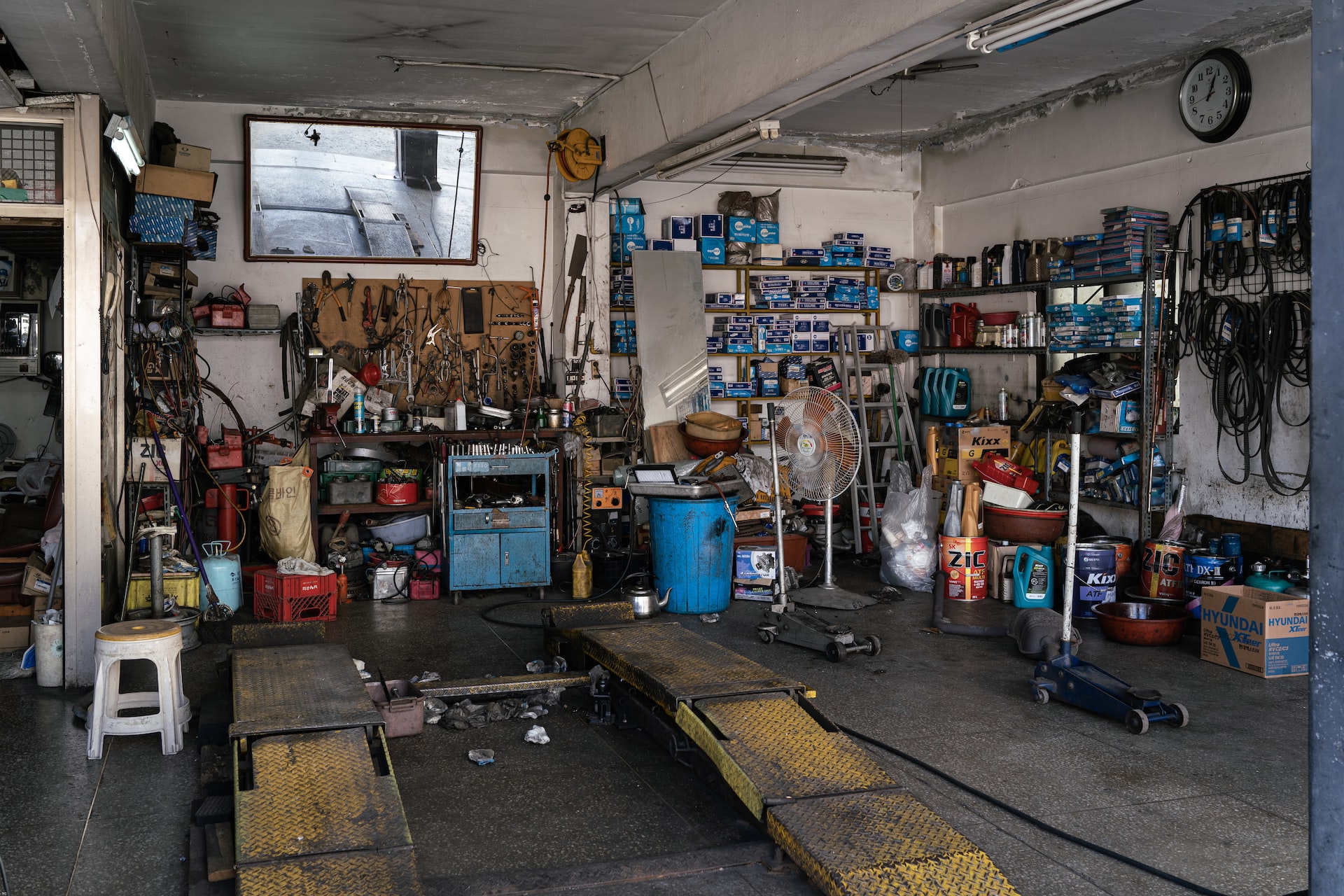Business owners make several investments in their companies. Each investment serves a different role in the company’s growth prospects. Some resources increase capacity, while other initiatives increase visibility. Equipment allows your company to maintain operations and increase efficiency, but equipment can get expensive. Allocating cash for an equipment purchase can leave you vulnerable to short-term expenses, and it’s not feasible for every company. Many business owners use equipment financing to obtain equipment while minimizing risk. Instead of a lump sum purchase, business owners pay for the equipment financing to acquire new resources.
What is Equipment Financing?
Equipment financing gives business owners a quicker path to using new equipment. While equipment is vital for many businesses, the price tag is a bit high for most companies. In addition, an upfront payment can strain money reserves meant for short-term costs.
Equipment financing lets you use a monthly payment plan to pay for equipment over time. You will fully own the equipment after making the last monthly payment. Lenders don’t give you as much time to pay these loans as you would get from a mortgage. Most equipment loans have 3 to 7-year terms.
Equipment Loan vs. Lease
Business owners can use loans or get leases to acquire equipment. Leases are optimal for short-term needs and a need for speed, while equipment loans are better for established companies that will use the equipment for several years. Both financing methods have monthly payment structures, but lease payments never go away unless you give up the equipment. On the other hand, an equipment loan offers a path to ownership and frees up your cash flow after you pay the loan.
However, equipment loans take more time to obtain, turn the equipment into collateral, and often require a down payment. Lessors can provide the equipment faster, which can make a difference in short-term needs. The lease arrangement also helps if you have a new business and want to test the concept before making investments that require greater commitment. It’s also easier to walk away from an equipment lease if the asset does not help your company.
Equipment loans are better for long-term equipment. Restaurants need various types of equipment, such as cooking and refrigeration equipment. These resources will keep your restaurant running and allow you to continue serving customers. Established restaurants tend to stay in the same location for many years, and so does their equipment. Making lease payments puts you in an endless cycle of monthly payments, just like rent. An equipment loan lets you break that cycle and eventually own your assets. The restaurant industry operates on tight enough profit margins as it is. Owning equipment instead of making continuous lease payments will boost your margins and condition you to own assets instead of making lease payments.
Can Startups Get Equipment Financing?
Many lenders work with startups to provide enough financing for an equipment purchase. You can get an equipment loan, business line of credit, or another funding source to raise enough capital. Lenders will review your credit score, annual revenue, and other details to determine the terms of your financing.
The Importance of Equipment Financing for Startups
Every business needs capital to operate, but startups don’t have as much capital as large companies. Getting financing from a financial institution or a credit union is a good option for startups that want to expand. Equipment is necessary for many businesses, such as restaurants and landscaping companies. Some business owners can use their own funds to buy heavy equipment and other resources, but many startup founders may need extra cash from a bank.
Financial institutions stimulate the economy and help bring business ideas to life. They offer the working capital and give entrepreneurs the opportunity to serve customers. You may no longer need a bank once your cash flow improves, but equipment financing can be the catalyst that gets your business off the ground.
Challenges in Obtaining Equipment Financing for Startups
Getting a business loan can make it easier to buy equipment, but lenders don’t give capital to anyone. These are some of the challenges you should anticipate along the way.
Stringent Loan Approval Methods
Many business loan providers have strict eligibility requirements for obtaining a loan. They may turn away applicants with bad credit and have a minimum credit score in place. Some lenders do not work with startups or require that you demonstrate sufficient experience that goes beyond running your startup. For instance, startups will have a more difficult time getting SBA loans than companies that have been around for more time. You will have to compare finance options and determine which traditional lenders and other loan providers work with startups.
High-Interest Rates
Startup founders receive loan terms similar to those of experienced business owners. However, the interest rates are vastly different. People who are just getting started will likely end up with higher APRs when requesting business equipment financing.
Risk Assessment by Lenders
Lenders will review your startup to determine your loan amount and interest rate. Being a startup presents an uphill battle, but some lenders still offer competitive rates to businesses that are just getting started.
Advantages of Equipment Financing for Startups
These are some of the perks of obtaining equipment financing for your budding company.
Flexibility and Access to Up-to-Date Equipment
You can use capital from a small business loan to buy new equipment. Having extra capital available can also make it easier to capitalize on short-term opportunities and deploy money where it needs to go.
Better Cash Flow Management
Positive cash flow allows companies to stay in business. However, some companies go through slower seasons where their cash flow feels more restricted. Equipment financing can free up your cash flow and provide your startup with valuable resources.
Tax Benefits
Interest from a small business loan is deductible on your tax returns. You can calculate your annual interest charge at the end of the year and use it as a write-off.
Accelerated Business Growth
It can take several months or years to save enough money to afford a new piece of equipment. Some businesses cannot function without their equipment, which can put your company in a perilous position. Equipment financing allows you to fill in any gaps and get additional equipment so you can serve more customers.
Tips to Get Equipment Financing for Startups
Equipment financing is a significant, long-term investment. However, these tips can help you get the most out of your experience.
Determine What You Need
Look at equipment prices before you apply for a loan. Not requesting enough capital will put you in a tight spot and increase your total costs. You will have to obtain funds through another method or settle for cheaper business equipment. While cheaper equipment keeps money in your pocket now, excessive repairs and issues can wipe out the profits from buying less expensive assets.
Asking for too much money creates other problems, such as higher interest payments. Some business owners get around this issue by using revolving lines of credit instead of taking out loans. Business owners with lines of credit only pay interest when they borrow against the credit limit. The downside of business credit is that you can usually get more money with a loan. However, most business credit lines give you enough capital to purchase new equipment. If you get a loan, you will owe interest on the entire amount, even if you requested more capital than you needed.
Check Your Personal and Business Credit Scores
Business and personal credit scores help lenders assess your ability to handle financial obligations. Higher scores translate into lower interest rates and higher loan amounts. Lenders may reject low-credit business owners because they don’t want to incur the risk of missed loan payments. You can filter your search based on credit score requirements to find a lender who is more likely to work with you.
Your credit score measures your ability to keep up with debt. Paying your debt on time and keeping your balances low are the two best ways to improve your credit score. Making any amount of progress with your score can help you qualify for better financing.
Make a Solid Business Plan
Lenders will ask for your business plan before approving your loan application. A business plan lays out your objectives and how you will achieve them. Lenders want to know you can afford the monthly loan payments and that their financing will grow your company. Your business plan acts as the sales pitch to creditors while giving you more clarity about your company’s future.
Get Your Finances in Order
Equipment financing gives you the necessary capital to acquire new assets. This loan isn’t designed to get your finances in order. Lenders want to see robust financial health before they give you the loan. Generating enough revenue to repay the loan and chipping away at existing debt will put you in a better position. Each payment towards existing debt will improve your debt-to-income ratio, a vital metric that determines how much you receive and if you get approved. Trimming your debt will also improve your credit utilization ratio, a category that makes up 30% of your score.
Prepare Your Financial Records
Lenders will request several documents during the application process. You will have to provide identification documents such as a driver’s license or EIN, but you will also have to provide financials. Assemble your previous bank statements and business tax returns when preparing your application. Most lenders will ask for three months of bank statements, but some may want additional information. These documents give lenders a better understanding of your company’s financial health and if you can afford the loan.
Choose the Right Financing Option
Startups can choose from several types of loans for their equipment financing. Term loans offer a lump sum and require that you make fixed monthly payments over the loan’s duration. You can also receive a line of credit with more generous repayment terms in the beginning. However, any remaining balance on the line of credit will convert into a loan after it matures.
Small business owners can also use loans that have lower credit score requirements, such as merchant cash advances. However, financing options that don’t require high credit scores usually come with higher interest rates.
Conclusion: Growing Your Business with Equipment Financing
Businesses need equipment to perform operations and serve customers. However, equipment can cost a lot of money, and not every startup readily has access to cash. Equipment financing can level the playing field and give you the necessary capital to purchase equipment. Accumulating valuable assets and fortifying your cash flow can make it easier for your company to achieve significant milestones.
FAQs About Equipment Financing for Startups
The average interest rate on an equipment loan ranges from 7% to 20%. However, your interest rate will depend on several factors, such as your annual revenue and business credit score.
Each business lender has different requirements, but they revolve around your revenue, credit score, years of experience, and other factors.







